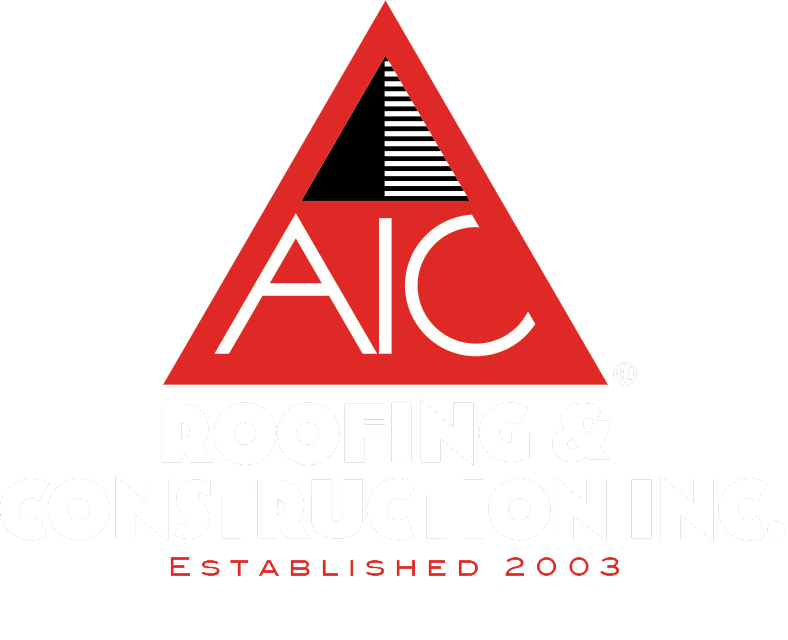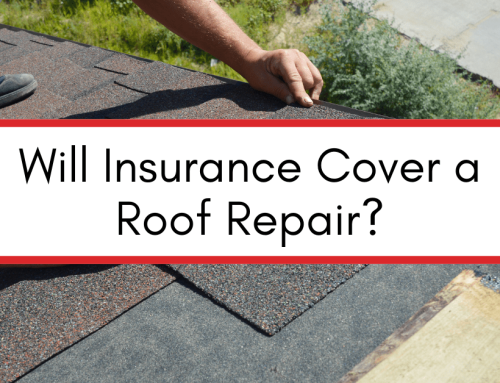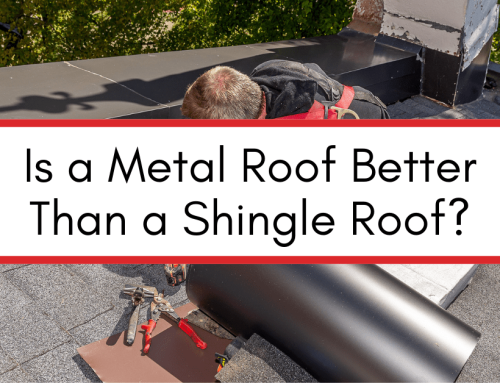Due to the many windstorms that have hit Louisville recently, homeowners are becoming increasingly concerned about the potential damage that can be caused to their roofs by strong winds. A question many homeowners have is whether or not this type of damage is covered by their homeowner’s insurance policy.
At AIC Roofing and Construction, we want to help guide you through the roof replacement process. We’ve replaced over 10,000 roofs in Central Kentucky and want to provide homeowners with helpful information so you can make educated decisions about your home.
Understanding the intricacies of homeowner’s insurance and the specific impact wind damage can have on residential roofs is essential when it comes to protecting your biggest investment. In this article, we’ll delve further into this topic to clarify these important points.
Understanding Homeowner’s Insurance
Before we can explore the coverage provided by homeowner’s insurance for wind damage to residential roofs, it’s crucial to have a foundational knowledge of how homeowner’s insurance works.
What is Homeowner’s Insurance?
A homeowner’s insurance policy is designed to protect homeowners from financial loss due to unforeseen events that may damage or destroy their property. It provides coverage for not only the physical structure of your home, but also your personal belongings and liability for accidents that may occur on your property.
When you purchase homeowner’s insurance, you are essentially entering into a contract with an insurance company. In exchange for paying a premium, the insurance company agrees to provide coverage for certain risks outlined in the policy. This coverage can be a lifeline in times of crisis, providing financial support to repair or rebuild your home, replace your belongings, and even cover legal expenses if you are sued for an accident on your property.
The Impact of Wind Damage on Residential Roofs
Wind damage can wreak havoc on residential roofs, causing a range of issues that may require extensive repairs or even a complete roof replacement. Understanding the common types of wind damage and the associated costs is crucial in determining if your homeowner’s insurance coverage will provide financial assistance in such situations.
When high winds strike, they can cause various types of damage to residential roofs. Some of the most common wind damage includes:
· Missing or lifted shingles: Missing or lifted shingles are a prevalent type of wind damage. When strong winds blow over a roof, they can lift or completely remove shingles from their intended position. This exposes the underlying layers of the roof to potential water damage and can compromise the overall structural integrity of the roof.
· Curled or cracked shingles: Curled or cracked shingles are another common consequence of wind damage. As the wind forcefully pushes against the shingles, they can become curled or cracked, making them less effective in protecting the roof from water infiltration. This can lead to leaks and further damage if not addressed promptly.
· Damage to flashing: Damage to flashing is also a concern during high winds. Flashing refers to the metal pieces installed around chimneys, vents, and other roof penetrations to prevent water from seeping in. Strong winds can dislodge or damage the flashing, creating openings for water to enter and potentially cause significant damage to the roof’s underlying structure.
· Torn or damaged roof underlayment: Torn or damaged roof underlayment is yet another issue that can result from wind damage. The underlayment acts as an additional layer of protection beneath the shingles, providing a barrier against water and other elements. When winds are powerful enough, they can tear or damage the underlayment, leaving the roof vulnerable to leaks and potential structural damage.
· Leaking roofs: Leaking roofs are a common consequence of wind damage, especially when shingles are missing, curled, or cracked. Water can easily penetrate through the damaged areas, leading to leaks and potentially causing damage to the interior of the house. It is crucial to address these leaks promptly to prevent further issues such as mold growth and compromised structural integrity.
- Damaged chimneys or vents: High winds can also result in blown-off chimneys or vents. The forceful gusts can dislodge these components from the roof, posing a significant risk to the overall safety and functionality of the home. It is essential to repair or replace these features promptly to prevent further damage and ensure proper ventilation.
The Cost of Repairing Wind Damage
Repairing wind damage to a residential roof can be a costly endeavor. The exact cost will ultimately depend on the extent of the damage and the type of roofing material used. However, it’s essential to keep in mind that even small wind damage can lead to more significant issues if left unaddressed. Therefore, it is vital to promptly address any wind damage to ensure the long-term integrity of your roof.
Is Wind Damage Covered by Homeowner’s Insurance?
The coverage for wind damage to residential roofs under homeowner’s insurance policies can vary depending on the specific terms and conditions outlined in your insurance policy. To determine if wind damage is covered, it is essential to read and understand the details of your policy and consult with your insurance provider if you have any questions or concerns.
Reading and Understanding Your Policy
To determine if wind damage is covered by your homeowner’s insurance, carefully review your policy documents. Pay close attention to the list of covered perils, exclusions, and any relevant endorsements that may impact the coverage provided for wind damage to your residential roof.
When is Wind Damage Covered?
In many cases, wind damage is covered by homeowner’s insurance. However, the specific coverage will depend on factors such as the cause of the wind damage, the severity, and the type of policy you have. Most standard homeowner’s insurance policies cover wind damage caused by strong winds, hurricanes, and tornadoes. However, certain exclusions, such as wind damage from a named storm, may apply in some regions.
When is Wind Damage Not Covered?
While homeowner’s insurance policies often cover wind damage, there are instances where coverage may be limited or excluded. Common examples include:
- Damage caused by a lack of maintenance or negligence
- Wind damage to detached structures, such as sheds or garages, which may require a separate policy
- Wind damage from floodwaters, as flood insurance is typically separate from homeowner’s insurance
Filing a Claim for Wind Damage
If your residential roof has suffered wind damage, it is crucial to understand how to file a claim with your homeowner’s insurance company to seek compensation for repairs or replacement.
Steps to Filing a Claim
When filing a claim for wind damage, follow these steps to ensure a smooth and efficient process:
- Contact your insurance company as soon as possible to report the damage.
- Document the damage by taking photos or videos to support your claim.
- Obtain estimates from licensed roofing contractors for the cost of repairs or replacement.
- Submit the necessary documents and evidence to your insurance company to initiate the claim process.
- Cooperate with the insurance company’s adjuster during their inspection of the damage.
- Review the settlement offer and negotiate if necessary to ensure fair compensation.
- If approved, receive the settlement and proceed with the repairs or replacement.
What to Expect During the Claim Process
During the claim process, it is important to be prepared for the following:
- The insurance company may send an adjuster to inspect the damage.
- The insurance company will review your documentation and any estimates provided.
- There may be negotiations regarding the settlement offer to reach a fair agreement.
- Once the claim is approved, the insurance company will issue a payment or settlement.
Tips for Protecting Your Roof from Wind Damage
While homeowner’s insurance can provide financial protection for wind damage to residential roofs, taking proactive measures to protect your roof is always beneficial. By implementing the following tips, you can reduce the risk of wind damage and potentially minimize the need to file a claim.
Regular Roof Maintenance
Performing regular roof maintenance is crucial to keeping your roof in optimal condition. This includes inspecting your roof for loose or damaged shingles, ensuring gutters are clear of debris, and removing any overhanging branches that could potentially damage your roof during high winds.
Professional Roof Inspections
Scheduling professional roof inspections on a regular basis can help identify potential weak areas that may be more susceptible to wind damage. A professional roofing contractor can provide recommendations and perform any necessary repairs or reinforcements to enhance your roof’s wind resistance.
Installing Wind Resistant Roofing Materials
When it’s time to replace your roof or undertake significant repairs, consider using wind-resistant roofing materials. These materials are specially designed to withstand high winds and can provide greater protection for your home. Discuss the options with your roofing professional to determine the most suitable choice for your area and budget.
Final Thoughts
Wind damage to a residential roof can be a significant concern for homeowners and should be promptly addressed. Understanding your homeowner’s insurance policy and its coverage for wind damage is essential for financial protection. By familiarizing yourself with the terms and conditions of your policy, filing claims correctly, and taking proactive steps to protect your roof, you can ensure that your residential roof remains covered and in optimal condition. Remember, always consult with your insurance provider for specific details regarding your coverage.
At AIC Roofing and Construction, we’ve helped thousands of homeowners navigate the claims process. Your roofing contractor can help you through the claims process and act as your advocate. If you suspect your home may have been damaged by strong winds in Central Kentucky, contact us today for a free inspection.
3-tab attics barns chimney choosing a contractor commercial cost curb appeal DIY estimate financing flashing flat roof GAF glossary gutter replacement gutters gutter size gutter system ice dams inspections insurance missing shingles roof design roofing materials roofing system roof leak roof maintenance roof materials roof repair roof replacement roof shapes roof types shingle ratings shingles siding siding materials siding replacement skylights storm damage underlayment ventilation warranty winter







